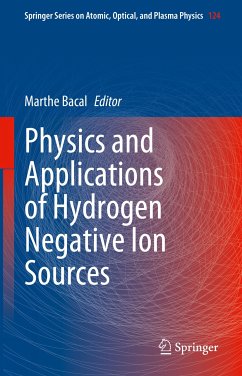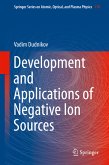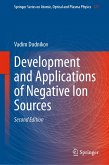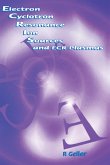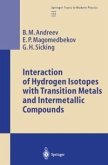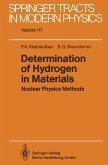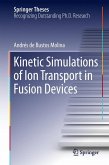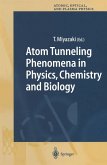This book gives a comprehensive overview of hydrogen negative ion sources and their applications to particle acceleration and nuclear fusion. The book begins with fundamental aspects of negative ion production by volume and surface processes in hydrogen and its isotopes. It covers key topics, such as the need for separation of negative ion production and extraction regions, the need for lowering the work function of the plasma electrode by using caesium vapor or special materials for caesium-free sources, and the ion extractor structure required for hydrogen negative ion sources. Chapters covering various specific ion sources and applications are written by scientists who participated in their development and include sources for accelerators and for neutral beam injection into controlled nuclear fusion reactors.
Dieser Download kann aus rechtlichen Gründen nur mit Rechnungsadresse in A, B, BG, CY, CZ, D, DK, EW, E, FIN, F, GR, HR, H, IRL, I, LT, L, LR, M, NL, PL, P, R, S, SLO, SK ausgeliefert werden.

